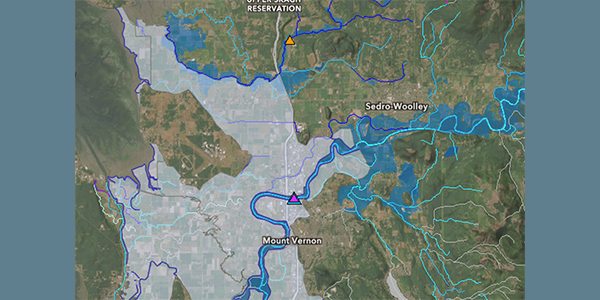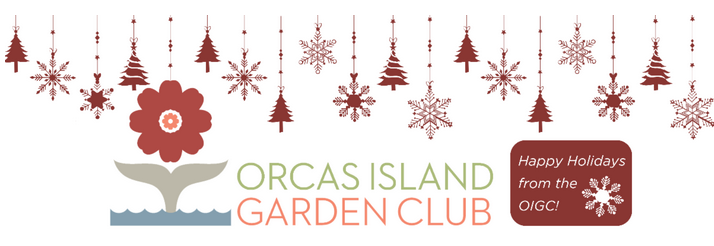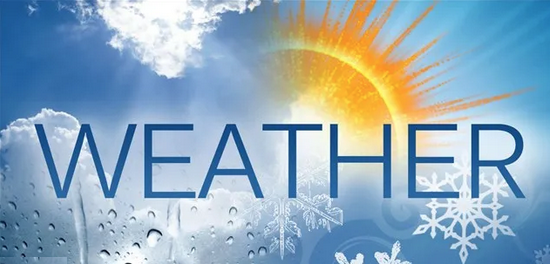How can we support a fully protected, longterm stewardship of our shoreline and marine life? We can move into a “first do no harm,” practical approach. Policies which currently fail to improve our wetlands, marine life and shoreline stewardship, can be changed. We are currently in the window of opportunity: the Shoreline Management Act is in revision now, due to be completed in 2013. Better options will emerge, because they exist.
Most of us may not yet know enough to make specific recommendations for what is ecologically possible today. But we can learn. Visit ccrm.vims.edu/livingshorelines/ for a simple tour of due diligence. Our current reserve of natural, finite resources must be supported to thrive, if we expect to recover drinkable water, let alone species preservation, for our children.
I believe the process of public and private engagement is shifting. Everyone who lives here, goes to school here, and works here has a voice. Your voice matters. With correct information and intention, we can re-commission our County’s resources where needed, with thoughtful expediency.
I wasn’t raised to be an advocate for environmental issues. I’ve stumbled into this advocacy gradually, in response to my children’s practical questions about how to stop plastic bags from filling the bellies of turtles or the plastic rings from six-packs throttling our water fowl. If we are committed to having beautiful, living shorelines in perpetuity, then now is the time to state this. Please share your suggestions this week with Colin Maycock, via email: colinm@sanjuanco.com. The 14th has been selected as a pivotal day to be heard on this issue.
Morgan Meadows
Eastsound
**If you are reading theOrcasonian for free, thank your fellow islanders. If you would like to support theOrcasonian CLICK HERE to set your modestly-priced, voluntary subscription. Otherwise, no worries; we’re happy to share with you.**








Morgan:
i have the utmost regard for the College of William and Mary, my daughter’s alma mater and of its Virginia Institute for Marine Sciences (VIMS) where she also interned. However, it is bad science to make direct comparisons between the shoreline in Virginia and that of the San Juans, particularly in terms of the political actions necessary to protect them.
I am all for appropriate and intelligent restrictions that give nature an opportunity to live symbiotically with humans, or vice versa. However(again),we need to use not only best science, but applicable science. The decision to extend the Land Bank for an additional 12 years is not science but politics.
Nelson
Orcas
Morgan,
Thanks for your thoughful letter and reminding us that we need to share our vision with Colin Maycock by October 14th- tomorrow. Time to write!
Gretchen
Well and beautifully said, Morgan!
I’d like to address Mr. Rios’s comment: I disagree with your assumption that what pertains to Virginia beaches doesn’t pertain to our beaches here and it’s therefore “bad” science.
I knew and loved Virginia Beach intimately as a child. Although we live in the inland waters of Puget Sound and don’t have hurricanes, the elements to consider are the same on all shoreline environments everywhere in the world; wind, water, sun, storms, earthquakes and tsunamis, climate change, protection of wetlands which directly or indirectly connect to nearshore environments, pollution, and how to protect critical areas and aquifers and the habitat and creatures that share these places with humanity.
Best and applicable science comes from all areas of the world. We are working on compiling local BAS but there are no funds to do so. There were funds, but by being non-compliant with the GMA, we lost many grant opportunities that would have helped us with compiling our own applicable science.
The above letter by Ms. Meadows made no mention of the Land Bank, so I don’t understand why mention it in your comment as a political agenda, when Ms. Meadows was speaking genuinely, earnestly, and intelligently from the heart about Shoreline Critical Areas and the legacy we hope to leave future generations.